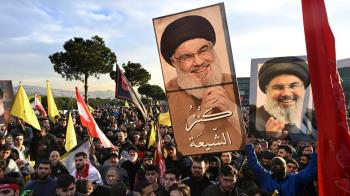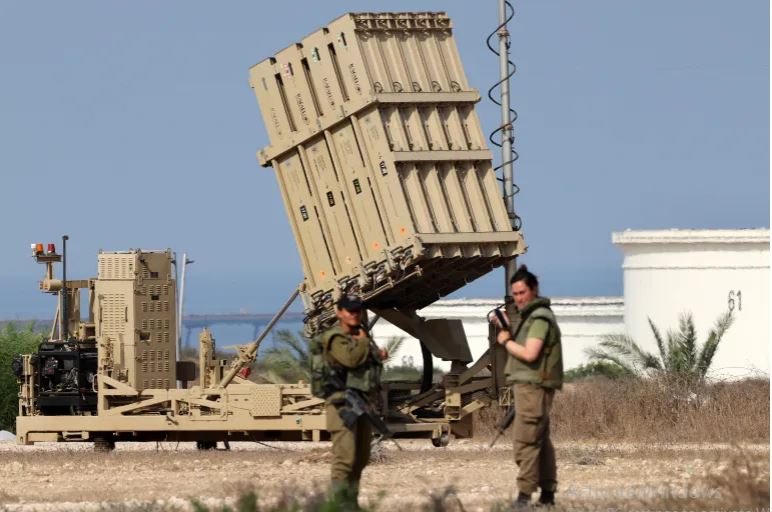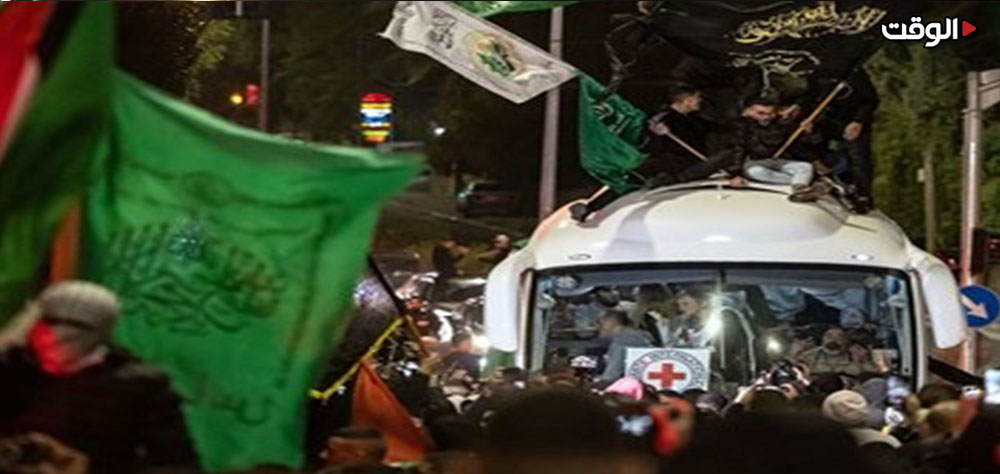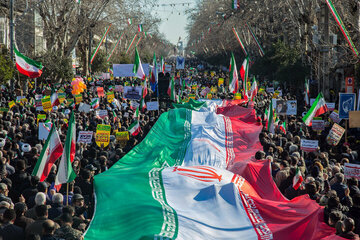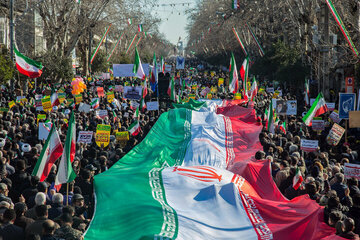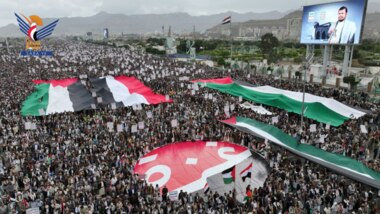Alwaght- On Sunday morning, the Israeli war cabinet was to hold a meeting to discuss tensions on the northern front with Lebanon and the broadening crisis of missile firing at Israeli regime from the Lebanese side. But its meeting was canceled and rescheduled. The reason was not the continuation of missile firing from Hezbollah, rather, it was because of Yemen having fired a hypersonic ballistic missile at Tel Aviv, sidelining the conflict on the border with Lebanon.
The missile was fired in early morning of Sunday, sending Tel Aviv in shock. This was not the first time Yemen is attacking Israel, but it was the first time a Yemeni ballistic missile is striking central Israel, making the sirens sound after several weeks of calm and sending Israelis to safe shelters. Aljazeera also reported that the sirens were sounded in the center of the occupied territories and in about 20 towns and cities in the east and south of Tel Aviv.
Where did the missile strike?
Hebrew sources said that the missile struck in an open area near Tel Aviv.
The impact site: Channel 12 of the Israeli regime reported that a missile fired from Yemen hit an area near an airport in the east of Tel Aviv. The Hebrew-language Kan news network also said that a ballistic missile fired from Yemen hit an area 6 kilometers from Ben-Gurion Airport in the center of occupied Palestine. According to this report, the missile was launched from the east and landed in a non-residential area in the center of Israel, east of Tel Aviv.
Investigation about the impact site: On Sunday morning, the spokesman of the Israeli army confirmed the news of a missile fired from Yemen and claimed that the missile landed in an uninhabited area in the center of Israel.
Fire caused by missile in impact site: Lebanon's Al-Mayadeen network reported, citing Hebrew sources and pictures published from the impact site, that fire occurred at the site of the missile impact.
Firing from 2,000 kilometers away and change of the realities
Israeli sources have confirmed that the Yemeni missile traveled the distance between Yemen and the occupied Palestinian territories, which is more than 2,000 kilometers, within 15 minutes. Gadi Eisenkot, the Knesset representative and former Chief of General Staff of the Israeli Army, said in response to the missile attack that the reality has changed significantly by this strike.
Damages and casualties
Despite the early claims that the situation was normal at the time of Yemeni attack, some Israeli media outlets have admitted the damages caused by the attack.
9 injured: According to local media reports, 9 Israelis were injured while trying to reach shelters.
Damage to a metro station: According to reports, parts of the interception missile, Arrow, fell in Beti Modeen metro station, causing damages to the site.
Fire at a factory: Some reports by Israeli sources have also confirmed a fire in a factory in the suburbs of Tel Aviv following the attack.
Over 2 million rushed to shelters: Hebrew-language media reported that a rocket fired from Yemen woke up all of Israel and sent about 2.3 Israelis to shelters.
Yemen's message to Israel: Do not trust your air defenses
Talking about the missile, Yemeni officials told Al-Mayadeen that Yemeni army had promised to launch precise and surprise operations and unexceptionally fulfilled all of its promises. They added that there would not be only one response, and an accurate, strategic, and special operation will follow.
From now on, the Israeli enemy should not rely on its defense systems and trust them, because Yemen has already launched the Yafa drone and will target a bank of strategic targets with the new weapons, according to Al-Mayadeen.
Failure of Israeli air defenses
The most important issue the Yemeni missile attack has highlighted is the failure of the Israeli air defenses to intercept this missile. Channel 12 reported that army is probing the reason why the Israeli air defenses failed to detect and engage the missile before striking central Israel.
Failure of Arrow missile system: It is said that Arrow missile system was used to intercept the missile fired from Yemen, although this system failed to intercept the missile. In fact, the Yemeni missile entered Tel Aviv after traveling through airspace of several Arab countries and all the measures to intercept it have failed.
Which Israeli air defense did the Yemeni missile beat?
The Yemeni missile penetrating the Israeli air defenses is a proof of failure of these air defense systems. According to the Al Arabiya report, Israel has significantly modernized its air defense in the last 15 years and deployed new systems to intercept ballistic missiles launched from distances of up to 2,400 km. But the Yemeni missile attack disclosed the fact that the air defenses are not very much effective in protection of Israel.
Iron Dome
The Iron Dome system is the most active and famous defense system of the Israeli regime, which has gone operational since 2011. However, the effective range of the Iron Dome for short-range missiles and drones is from 4 to 70 kilometers.
Sea Dome: Israel also has a naval version of the Iron Dome system, called Sea Dome, which according to Rafael Advanced Defense Systems is equipped with the same ground-based tracking system as the Iron Dome. It is unclear whether this system is also deployed in the Red Sea or not. If this system is deployed in the Red Sea, it means that the Yemeni ballistic missile can outmanuver it.
David's Sling: The Israelis have developed another air defense called David's Sling. It was initiated in 2017 to intercept mid-range and long-range missiles. It is developed by Rafael And Raytheon Technologies to fill the gap between Iron Dome and Arrow. This anti-missile system is capable of detecting and destroying ballistic missiles, cruise missiles and drones within a range of 200 kilometers, but it also failed to intercept when the missile was fired from Yemen.
Arrow air defense
The Israeli regime also operates an air defense system, called Arrow 2 and Arrow 3. This system can intercept missiles launched from a distance of 2,400 kilometers, either in the atmosphere or outside it. Arrow can also defend a very large area and provide all-round cover for strategic sites and large residential areas. In the fall of last year, the Israeli regime announced the use of this system to counter projectiles fired from the Red Sea region after the Yemeni attacks began, but this system also failed to intercept the Yemeni ballistic missile.
Iron Beam
The Israeli army is testing a weapon dubbed Iron Beam that is meant to intercept short-range projectiles using laser beam with lowest price. Reports suggest that Iron Beam will not go operational before 2025.


